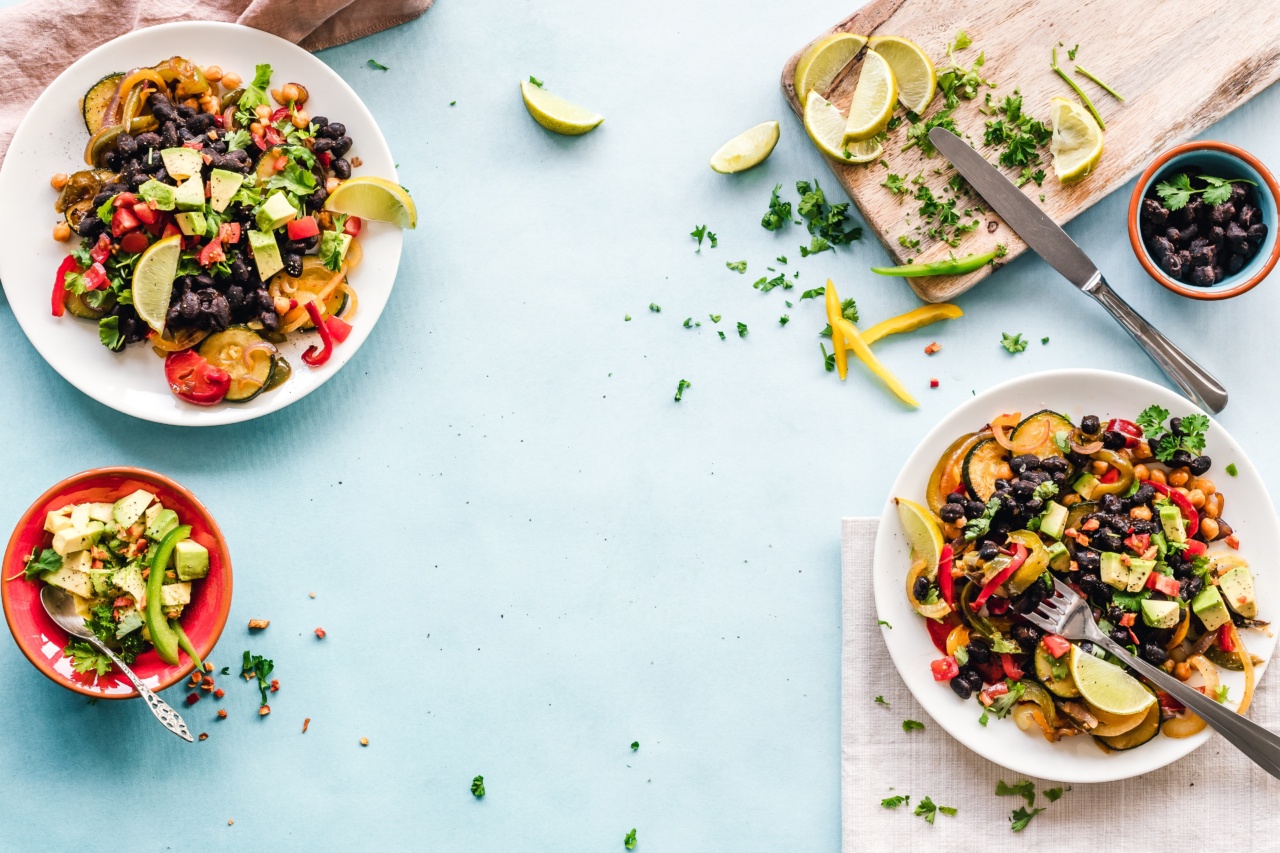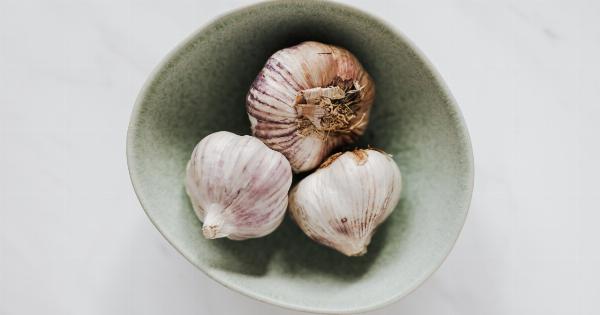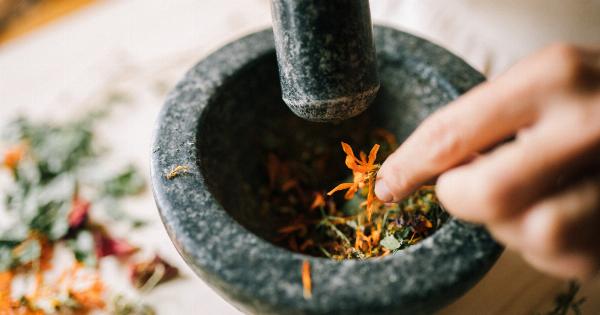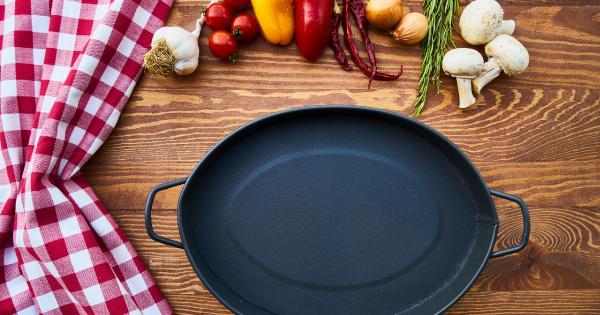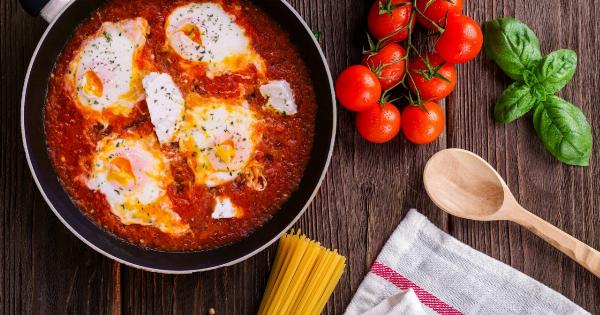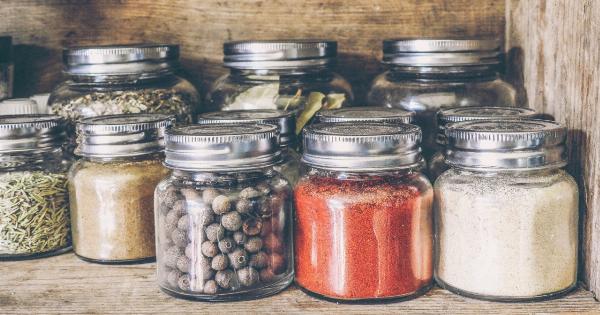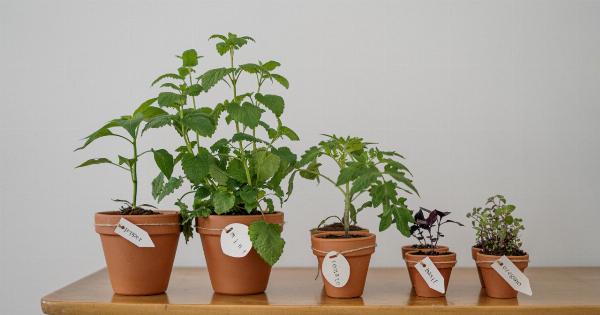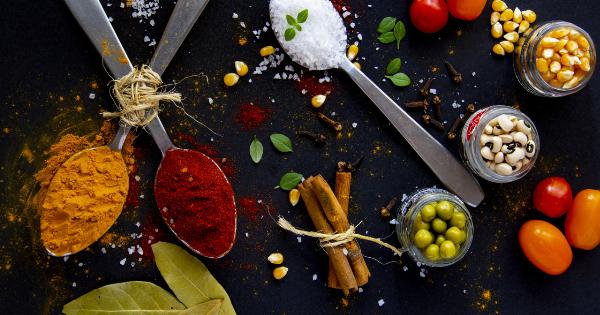Herbs are not only great for adding flavor and aroma to your dishes, but they also offer numerous health benefits. Incorporating healthy herbs in your cooking can not only enhance the taste of your meals but also boost your overall well-being.
From parsley to basil, thyme to rosemary, there is a wide variety of herbs to choose from, each with its own unique flavor profile and medicinal properties.
Why Use Healthy Herbs?
Using fresh herbs in cooking not only adds depth and complexity to your dishes but also provides a range of nutritional benefits.
Many herbs are packed with antioxidants, vitamins, and minerals that can help promote good health and fight against various diseases.
Some of the key reasons to use healthy herbs in your cooking include:.
- Enhancing the flavor of your dishes
- Boosting the nutritional value of your meals
- Providing natural remedies for common ailments
- Reducing the need for additional salt, sugar, and unhealthy seasonings
- Adding variety and excitement to your meals
Popular Healthy Herbs and Their Uses
1. Basil
Basil is a versatile herb commonly used in Italian cuisine. It has a sweet and slightly peppery flavor that pairs well with tomatoes, pasta, and salads. Basil is rich in antioxidants and has anti-inflammatory properties.
2. Rosemary
Rosemary has a strong, pine-like flavor that works well with roasted meats, potatoes, and bread. It is known for its antioxidant properties and may help improve digestion and enhance memory and concentration.
3. Thyme
Thyme has a distinct earthy flavor and is often used in soups, stews, and roasted vegetables. It contains compounds that have antibacterial and antifungal properties and may help boost the immune system.
4. Parsley
Parsley is a mild herb commonly used as a garnish but can also add a fresh flavor to salads, soups, and sauces. It is an excellent source of vitamins A, C, and K and may have diuretic properties.
5. Sage
Sage has a strong flavor that pairs well with poultry and stuffing. It is known for its antioxidant and anti-inflammatory properties and may support brain health and memory.
6. Mint
Mint has a refreshing, cool flavor and is often used in both sweet and savory dishes. It can be added to salads, desserts, and beverages. Mint has been used for centuries to aid digestion and soothe an upset stomach.
7. Cilantro
Cilantro, also known as coriander leaves, has a bright and citrusy flavor that is widely used in Mexican, Indian, and Asian cuisines. It is rich in vitamins A and K and may help lower inflammation.
8. Oregano
Oregano has a strong and savory flavor and is commonly used in Italian and Mediterranean dishes. It is rich in antioxidants and may have antimicrobial properties.
9. Dill
Dill has a delicate flavor that pairs well with seafood, salads, and pickles. It is a good source of vitamin C and may help promote digestion and reduce inflammation.
10. Chives
Chives have a mild onion-like flavor and are often used as a garnish for salads, soups, and creamy sauces. They are rich in vitamins A and K and may have antioxidant properties.
How to Use Healthy Herbs in Your Cooking
Now that you are familiar with some of the popular healthy herbs, it’s time to learn how to incorporate them into your everyday cooking. Here are a few tips:.
1. Fresh vs. Dried Herbs
Both fresh and dried herbs have their own merits. Fresh herbs provide a vibrant flavor but should be added towards the end of cooking to preserve their taste. Dried herbs are more concentrated and can withstand longer cooking times.
Experiment with both to find your preference.
2. Herb-infused Oils
Make your own herb-infused oils by gently heating olive oil with your favorite herbs. This can be used as a flavorful drizzle for salads, roasted vegetables, and grilled meats.
3. Herb Butter
Mix finely chopped herbs with softened butter for a delicious herb-infused spread. It works well on bread, baked potatoes, and grilled seafood.
4. Herbal Marinades
Add a handful of fresh herbs to your marinades to infuse your meats, tofu, or vegetables with aromatic flavors. Let them sit for a while to allow the herbs to work their magic.
5. Herbal Tea
Brew fresh or dried herbs with hot water to create refreshing and health-boosting herbal teas. Mint, chamomile, and lavender are popular choices for soothing and calming effects.
6. Herb Pesto
Blend herbs, garlic, nuts, cheese, and olive oil to create a vibrant and flavorful pesto sauce. It can be used as a pasta sauce, spread, or dip.
7. Herb Salts
Mix finely chopped herbs with salt to create herb-infused salts. Use them as seasoning or finishing salts to add a burst of flavor to your dishes.
8. Herb Rubs
Create herb rubs by combining finely chopped herbs with spices, garlic, and olive oil. Massage the mixture onto your meat or vegetables before grilling or roasting for added flavor.
9. Herbal Soups and Sauces
Add a handful of fresh herbs to your soups, stews, and sauces to elevate their taste and aroma. Remember to remove any woody stems before serving.
10. Herbs in Desserts
Don’t shy away from using herbs in desserts. Herbs like basil, thyme, and rosemary can add a unique twist to sweet treats like ice cream, cakes, and fruit salads.
Incorporating Healthy Herbs into Your Daily Diet
Now that you know various ways to use healthy herbs in your cooking, it’s time to make them a part of your daily diet. Here are a few tips:.
- Grow your own herb garden to have a ready supply of fresh herbs.
- Experiment with different herb combinations to discover new flavors.
- Try to use herbs instead of salt or other seasonings to reduce sodium intake.
- Explore international cuisines that heavily rely on herbs for flavor.
- Learn about the medicinal properties of herbs and choose ones that align with your health goals.
- Start with small amounts of herbs if you are new to their flavors and gradually increase as per your taste.
Remember, the key to successful herb usage is to strike the right balance and not overpower your dishes with their flavors. Get creative, have fun, and enjoy the journey of discovering the amazing world of healthy herbs.
